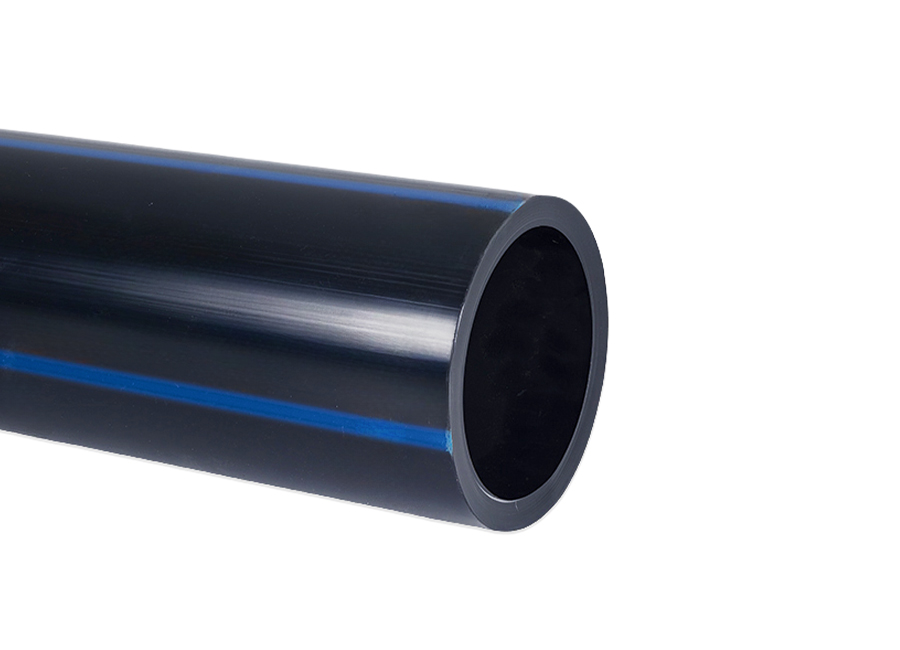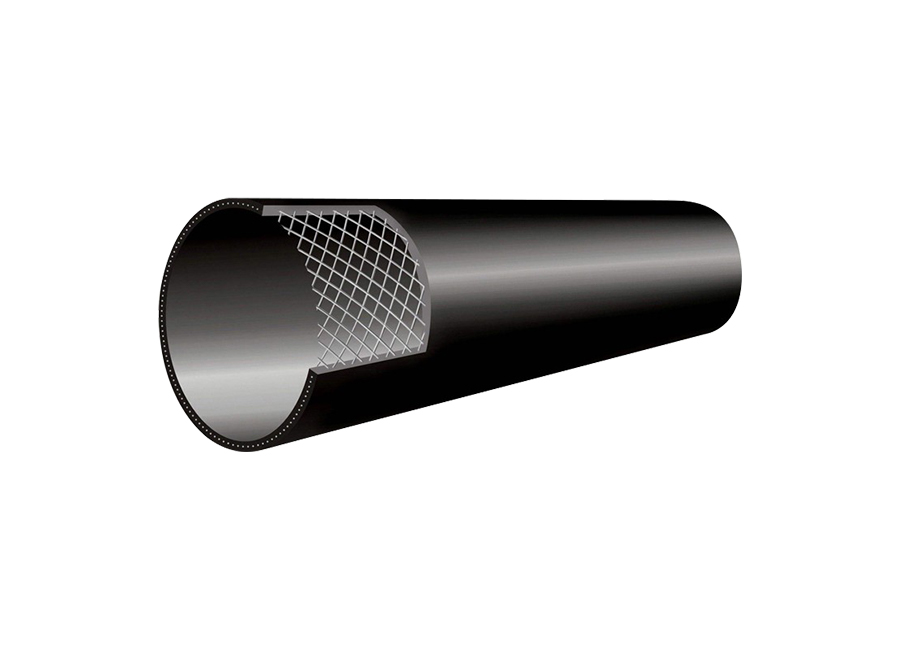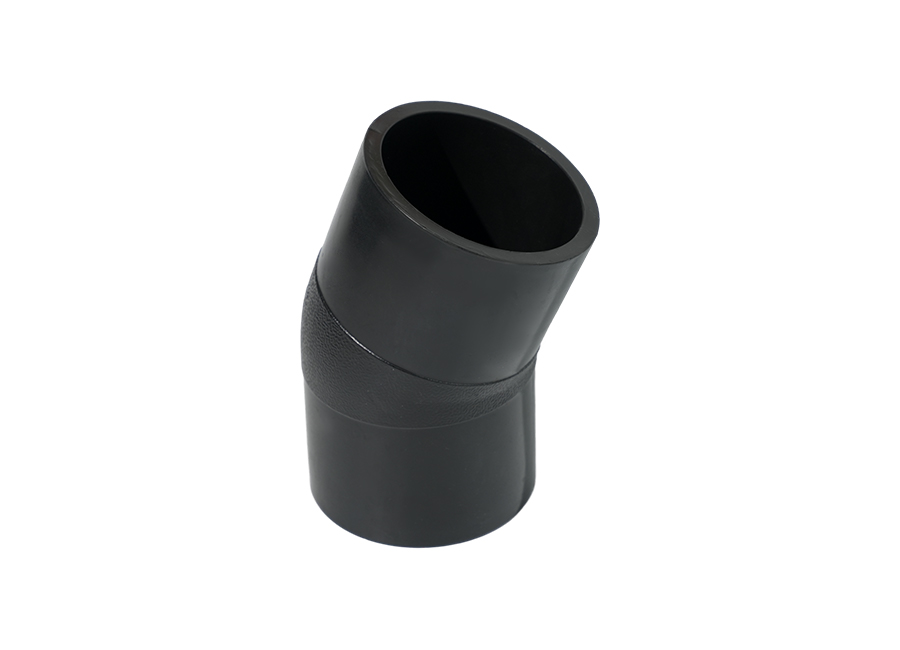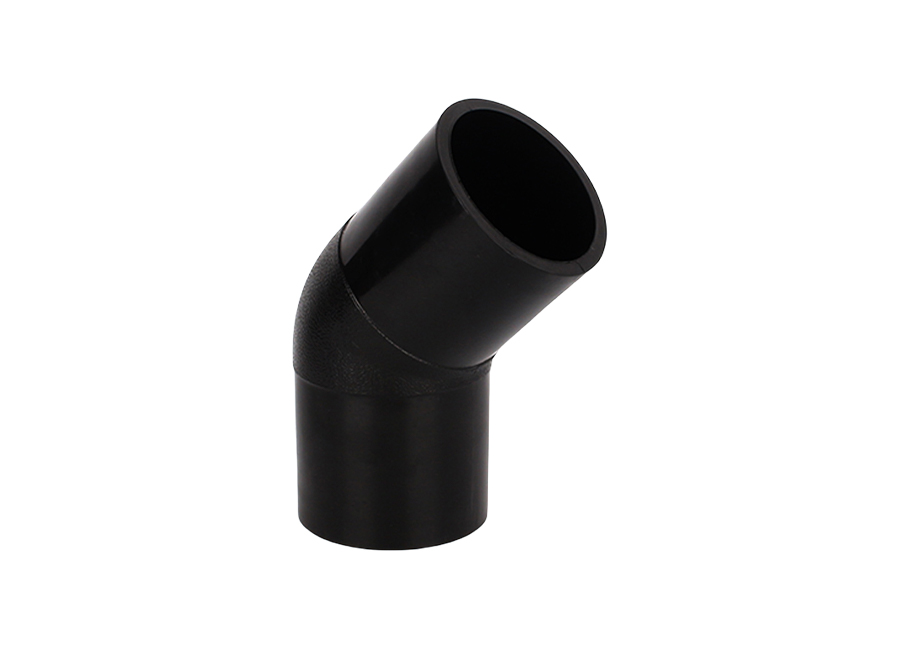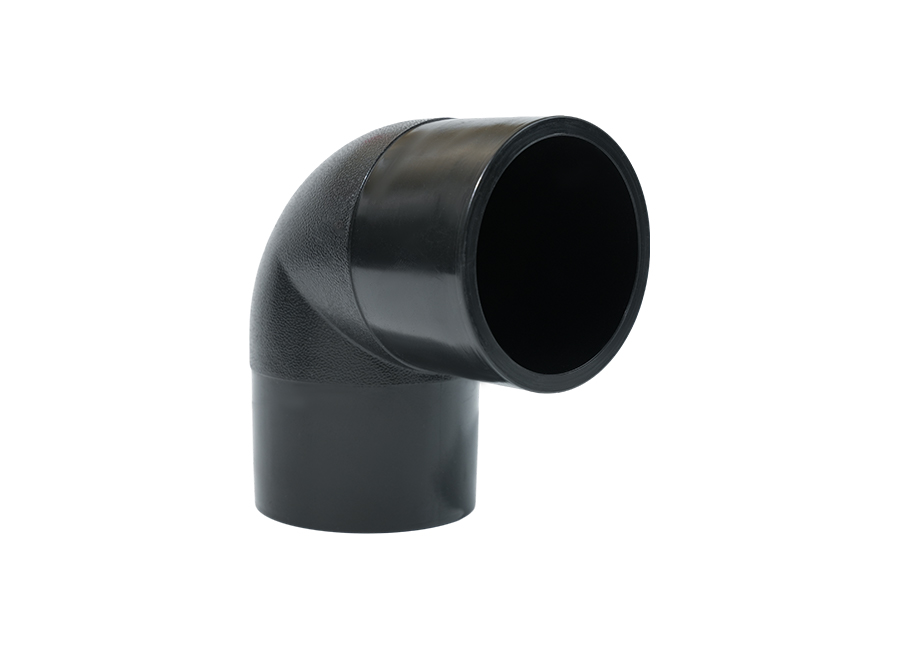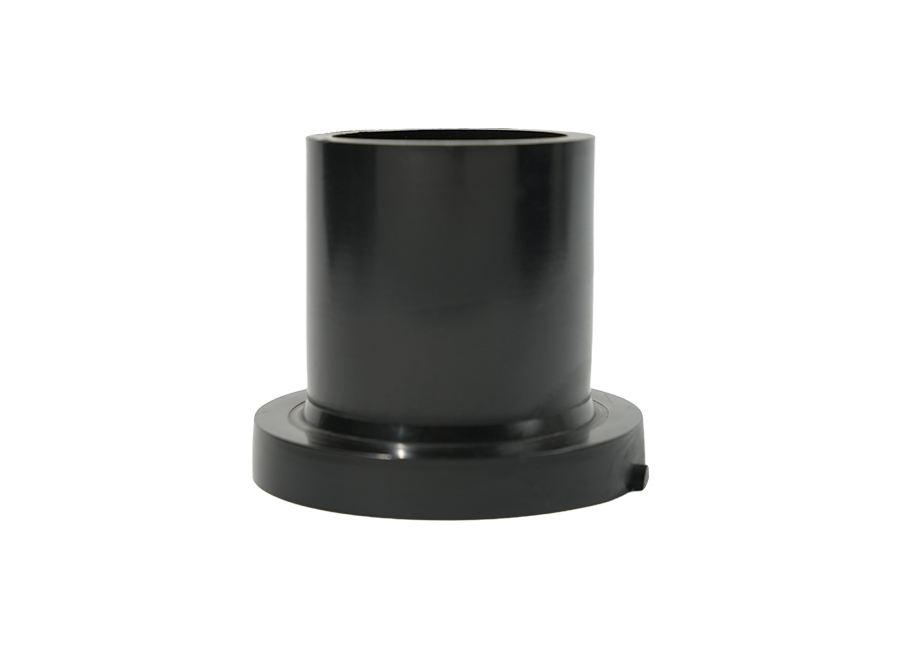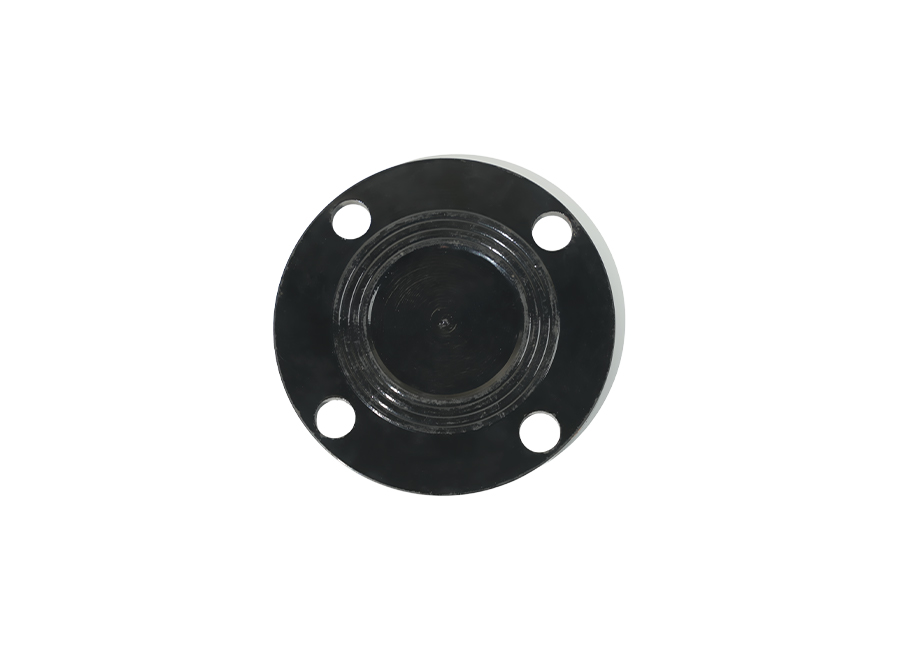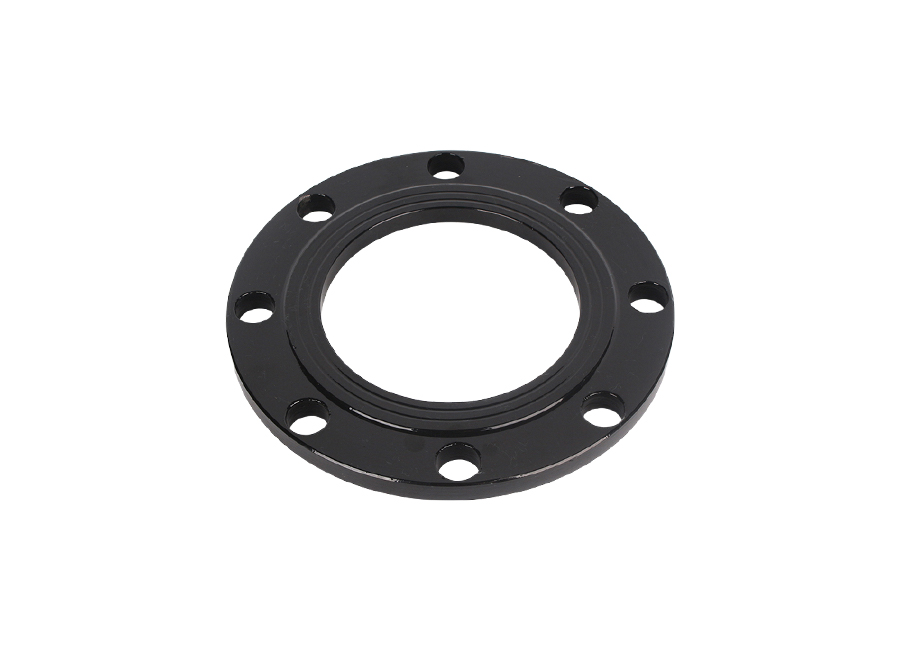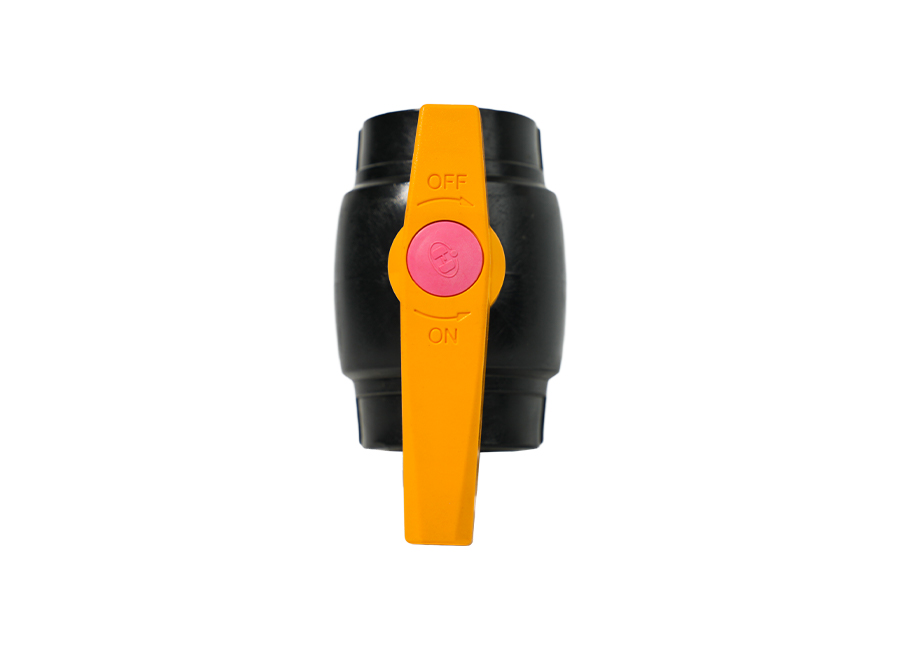1. Situations Where Immediate Replacement is Necessary
Significant Physical Damage
Cracks or Perforations: Visible cracks or holes appear on the pipe surface, especially on pressure-bearing pipes, which may pose a risk of burst.
Severe Deformation: The pipe is flattened, twisted, or partially bulged, affecting the flow of media or structural strength.
Leakage Issues: Continuous leakage from pipe joints (such as heat-melt joints and flange connections) that cannot be resolved even after tightening or repair.
A rapid pressure drop during a pressure test (e.g., a drop of more than 10% within 30 minutes).
Material Aging and Degradation: The pipe surface becomes powdery and brittle, making it prone to breaking when bent (commonly seen with prolonged UV exposure or chemically corrosive environments).
Significant color change (e.g., gray or white on black PE pipe) indicates severe oxidative aging.
2. Situations Where Preventive Replacement is Recommended
Performance Degradation: Scaling or deformation of the pipe wall results in a significant reduction in flow (e.g., a drop of more than 20%).
The operating pressure approaches or exceeds the rated pressure capacity of the PE pipe (e.g., PN10 pipe used in systems above 1.0 MPa for a long time).
Expiration of service life
PE pipes are typically designed for a lifespan of 20 to 50 years, but their actual lifespan may be reduced to less than 10 years if exposed to high temperatures, strong UV rays, or corrosive environments for extended periods.
Deteriorating environmental conditions
The pipe has been exposed to extreme temperatures (below -20°C or above 40°C) for extended periods, exceeding the tolerances of the PE material.
The conveying medium contains strong acids, strong bases, or organic solvents (such as gasoline or benzene), causing the pipe to swell or soften.
3. Simple Inspection Methods
Visual Inspection
Observe the pipe surface for cracks, discoloration, deformation, or localized damage.
Manual Testing
Gently bend the pipe. If cracks or significant deformation occur, the material is deteriorating.
Pressure Testing
Shut down the system and pressurize it to 1.5 times the operating pressure for 30 minutes. Check for leaks or a rapid pressure drop.
Wall Thickness Measurement (Optional)
Measure the pipe wall thickness using a caliper or ultrasonic thickness gauge. If the localized thickness reduction exceeds 20%, consider replacing the pipe.
4. Post-Replacement Optimization Recommendations
Choose more durable materials:
For high-temperature environments, choose PE-RT pipe; for corrosive environments, choose chemical-resistant PE pipe or steel-plastic composite pipe.
Strengthen protection:
Install UV-resistant jackets for outdoor pipes, and perform anti-corrosion treatment on buried pipes.
5. Quick Self-Inspection Tips
If the pipe is cracked, leaking, or severely deformed, replace it immediately.
If the pipe is over 20 years old and in a harsh environment, preventative replacement is recommended.
If the flow or pressure is abnormal, determine whether to replace it after testing.

 English
English 中文简体
中文简体 русский
русский عربى
عربى


